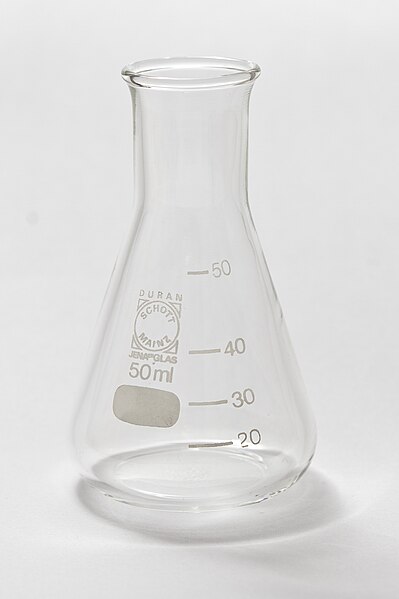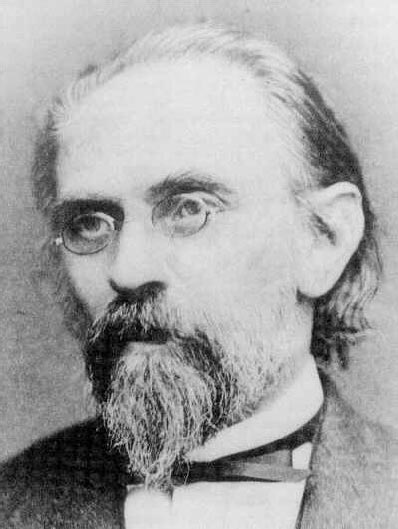 |
| Adolf Fick (1829-1901) |
I've been working on homework for a phase transformations class this week, and all of the problems have involved Fick's First and Second Laws of Diffusion, so he seemed to be a very obvious choice of subject this week. Adolf Fick actually began his studies as a mathematician and physicist, but switched to medicine and got his PhD in 1851. His thesis, rather than being on fluids as one might expect, was on astigmatism. He taught at Zurich and then at Würzburg until his retirement.
I haven't been able to find anything about Fick's personal life except that he had a son, but he was quite active in his scholarly life. He continued to apply the principles of physics and math to his study of medicine, and published works on how joints are articulated, where muscles get energy, how to measure blood pressure, how to measure how much carbon dioxide we exhale, and how we sense light and color.
I'd like to briefly introduce two of his inventions before returning again to diffusion. He designed the first tonometer, which measures intraocular pressure (in the eye). If you have ever been to an optometrist, they generally measure this now by puffing air into your eye. Fick's method involved direct contact. Using Fick's tonometer, one would press a plate against the eye and measure the force required to flatten the cornea to a specific diameter. Fick's particular contribution was developing a mathematical way to converting the surface area of the contact between the eye and a plate and the force exerted on that plate into a measure of the pressure within the eye. This relationship is often called the Imbert-Fick Law, since it was also discovered by Armand Imbert (1850-1922). The tonometer and Fick's studies of eyes led his nephew, also called Adolf Fick (1852-1937), to develop the first contact lenses in the late 1880s.1
Another of Fick's major contributions to medicine is known as Fick's principle or Fick's method. I had never heard of these before researching this post, but perhaps those of you with a background in medicine will be more familiar with them. Fick's principle provides a method for measuring cardiac output, or how much blood is being pumped by the heart. He assumed that the rate at which oxygen is consumed is proportional to the rate of blood flow and the rate of oxygen absorption by red blood cells. By comparing the amount of oxygen in the blood entering and exciting the lungs, the rate of oxygen absorption can be measured, and from this the rate of blood flow can be deduced as being the rate of oxygen absorption over the difference in oxygen. This principle can also be applied to blood flow through other organs, but as you can imagine, it is invasive and requires drawing and analyzing blood and oxygen consumption, but despite this, Fick's method is still referenced in literature today.
But back to diffusion. Fick began his studies of diffusion after noticing that Thomas Graham (1805-1869), though he studied diffusion of salts in water and gases, had not developed a fundamental law describing diffusion. Fick sought to rectify that. He did not start from scratch, however, but recognized that the diffusion of atoms would be similar to the diffusion of heat. Equations regarding heat transfer had been formulated in 1811 by Joseph Fourier (1768-1830). Fick pointed out that these equations had already been applied by Georg Ohm (1789 – 1854) to the diffusion of electricity in a conductor, so he set out to apply them now to the question of diffusion of liquids. He published his paper On Liquid Diffusion in 1855 at the age of 26.
| Top: Fick's equation Bottom: modern equation |
I will leave you with that, and go and finish my diffusion homework.
[1] Mark, Armand Imbert, Adolf Fick, and their tonometry law, Eye (2012) 26, 13–16.
[2] Fick, On Liquid Diffusion, Philosophical Magazine, 10, no. 63, July 1855.


